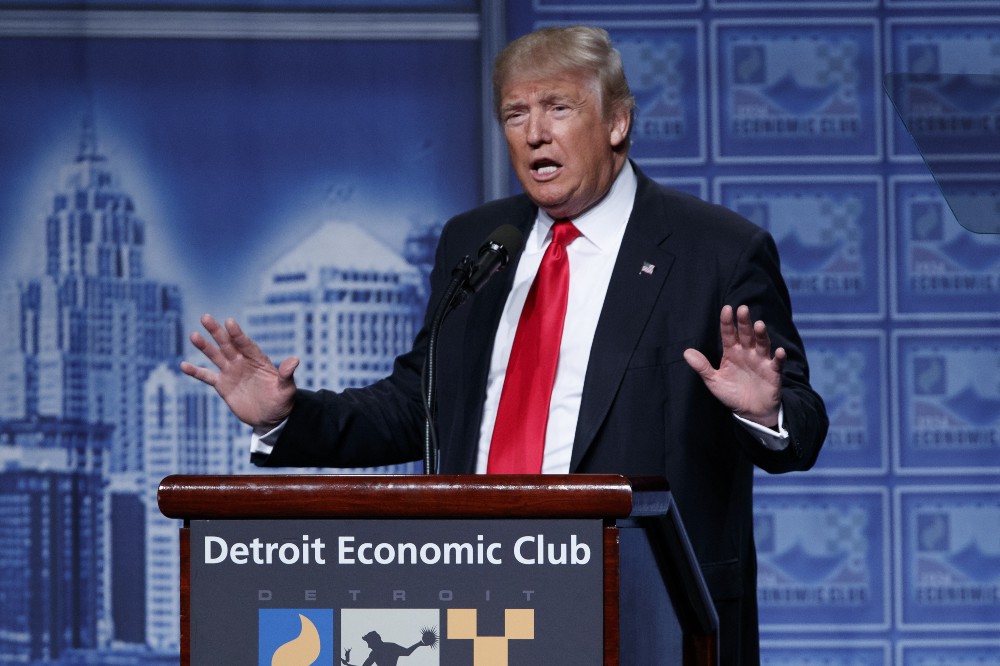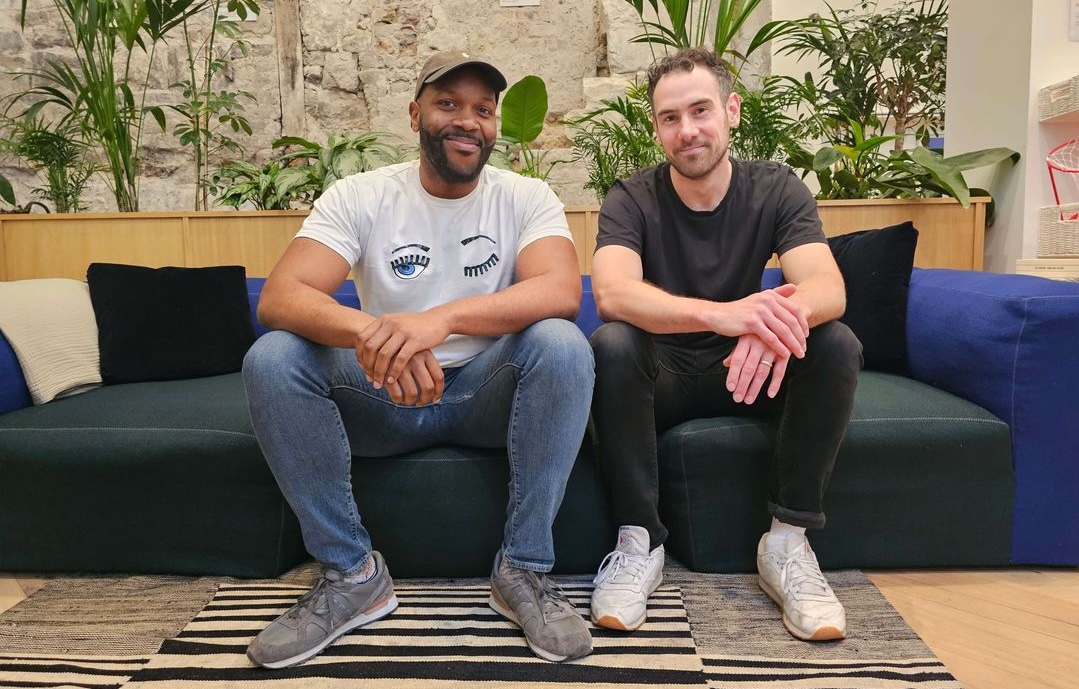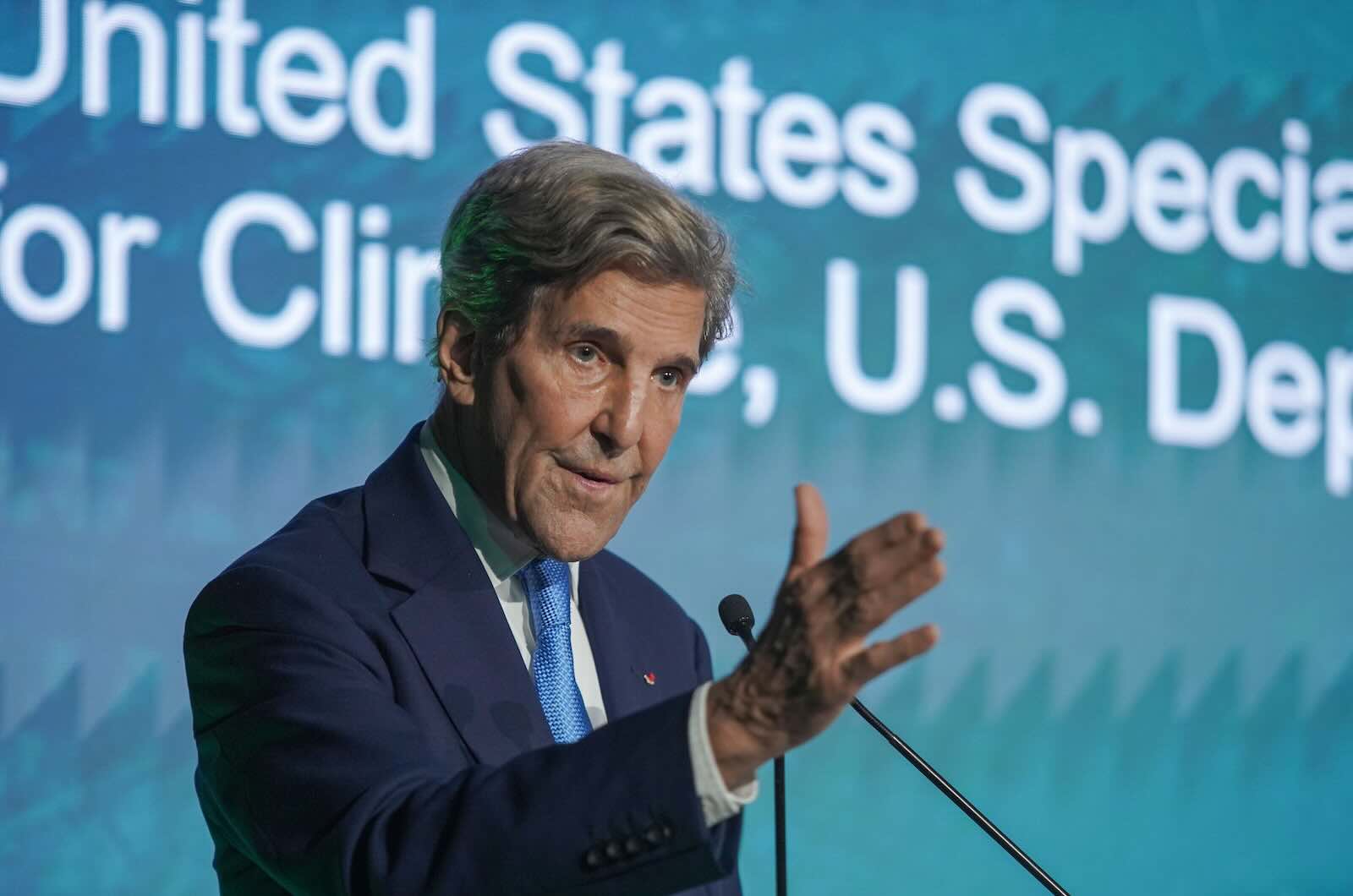How will impact investing fare in the Trump administration?
I’m not the first, and undoubtedly won’t be the last, to write about this. Erika Karp at Cornerstone Capital wrote a letter to her investors after the 2016 election and Stephanie Cohn Rupp and Ron Albahary penned a thoughtful and tactical piece last December on the role impact investors can play.
It could go both ways. There’s a lack of concise and consistent information on the new administration’s policies and priorities. What, for example, will become of the critical enabling policy wins of the last few years, which strive to get us closer to unlocking private capital?
The appointment — and subsequent promotion — of Dina Powell (former president of the Goldman Sachs Foundation) suggests that the important role of small businesses and elevating women entrepreneurs may not be forgotten.
Though the pendulum continues to swing (almost daily), I’m reminded that the elements that make impact investing so robust today are exactly the characteristics that will allow it to succeed moving forward. I think impact investing is poised to survive — maybe even thrive — in this uncertain political climate. Consider:
Profit and purpose are not partisan. Impact investing’s strength is in its purpose. It’s a call to arms to build, invest, and grow with intentionality. During this election, conversations around job creation, access to opportunity, and economic rebirth were on repeat — regardless of party affiliation. Bringing new tools that create opportunities for all Americans to flourish is the priority — for any party.
I believe that both sides of the aisle want to solve for economic distress, joblessness and wealth creation in America. And economically depressed areas in the US are ripe for innovation, sustainable rebirth, and scale. Through the entrepreneurial spirit that is thriving in this country, we’ve seen how place, possibility, and profit can change lives.
I don’t believe that turning to impact investing to solve for the problems within our communities is novel. Pay-for-success models are still evolving, but they have been successfully championed as a bipartisan outcomes-based approach to deploy social services. Community Development Financial Institutions (CDFIs) — which existed long before impact investing was even formalized — have worked hard in local communities to raise capital, provide technical assistance, and support capacity building alongside sustainable returns.
Even while the roller coaster of government funding creates more uncertainty, I hope that we continue to look to impact investing tools as a politically unmotivated strategy to promote truly sustainable growth around us.
The investment process does not inherently answer to politics. Impact investing has the luxury — not a word often used to describe it — of championing market-based solutions. Market-based solutions bring together infrastructure, innovation, and revenue-oriented decision making to determine where capital should go. The true potential of impact investing is predicated on the idea that these impact-oriented investments can — and should — seek profits.
It is that connection to profit that compels us to continue working within investment frameworks , not just political ones. Throughout our history, the investment process — whether impact or other — has not inherently answered to politics. Though politics and policy has undoubtedly influenced decision-making, we celebrate the independence of market forces. Continued commitment to those forces will allow us to highlight the right investible opportunities and allow truly impactful companies, funds, and products to rise to the top.
Efforts to mainstream impact investing these last 10 years have included the hard work of changing investment norms and behaviors. Those changes include difficult shifts, like moving from short to long term performance measurement, pricing and understanding risk more holistically, and considering non-financial goals. We’re still in the very early stages of that transformation, and yet, we’ve made progress.
Knowing that paradigm shifts are slow and incremental, and that evolving policy around fiduciary duty may influence that progress, we simply can’t stop now.
Impact investing invites all types of investors to take a seat at the table. Early impact investing has been dominated by high-net-worth individuals and families. The flexibility of their decision making, their openness to aligning dollars with values, and the lack of barriers around how to deploy that money have created an environment of experimentation.
I believe that the landscape of who can engage is changing in real time. Report after report delves into the forthcoming wealth transfer across generations. Asset ownership, familial decision making, and consumer preferences will be dictated by a growing group of values-based decision makers. Millennials are not the only demographic preparing to call the shots. My colleague Sheila Herrling wrote earlier this month about the role that women are playing in our society, in their positions as investors, employees, and consumers, to demonstrate those preferences. Even the average investor and consumer has the opportunity to try their hand at impact investing, as evidenced by more inclusive crowdfunding activity across the US and Europe.
Very few approaches invite a diversity of investors to the table. Even fewer pursue multiple goals across social and financial preferences. By continuing to explore and scale impact investing, we have the opportunity to create a world where all of our dollars help shape the future.
The path forward is still clear. Early actions of the Trump Administration on issues I believe fundamental to American democracy and exceptionalism, have shocked and confused me. I’m not alone in this. But I want to believe there is a real opportunity in the power of capital to invest in — and find — solutions to some of this country’s greatest social and economic challenges.
I am truly inspired by the work that has been undertaken in impact investing thus far. It has strived to be both relevant and innovative across time. It has oscillated between impact-first and finance-first and is continuously reinventing itself towards that necessary balance. I believe it will be a critical part to solving so many of the systemic issues discussed over these last few months.
With or without government — though preferably with — I maintain my belief that our combined efforts to grow this field will carry us through the next four years, and beyond.
[seperator style=”style1″]Disclosure[/seperator]
The views articulated here are personal and do not represent the opinions of the Case Foundation, its staff, or affiliated parties.
Case Foundation is partner of ImpactAlpha and our open impact database, ImpactSpace.











